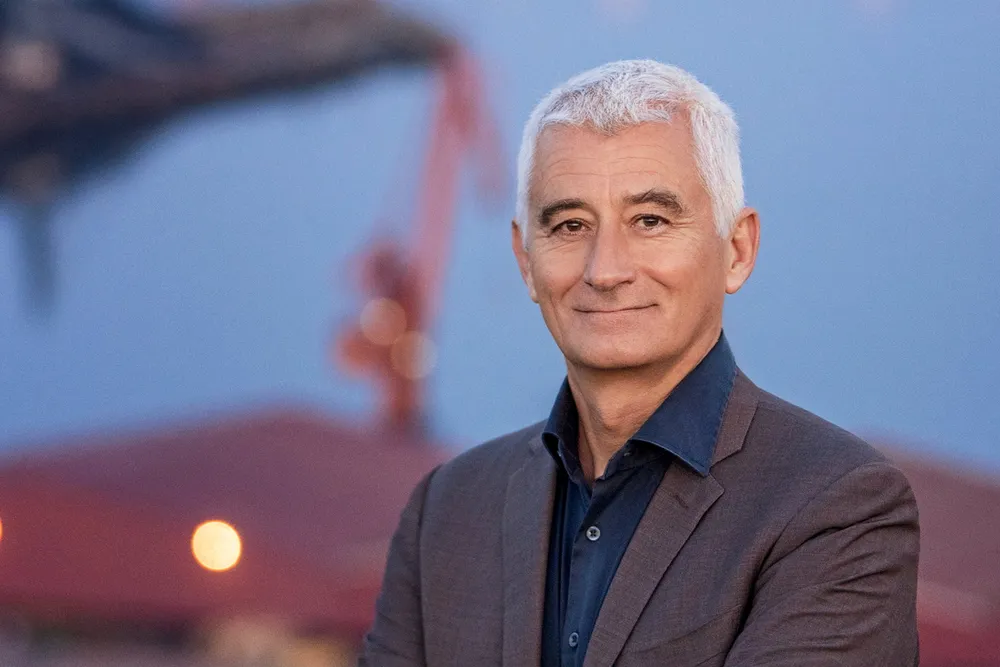INTERVIEW | 'Producing green hydrogen in Europe will only be viable if derived from Iberian solar and Chinese electrolysers'
Subsidies will only be able to support a fraction of EU-made renewable H2, so very cheap power and equipment is needed, Thierry Lepercq tells Hydrogen Insight
